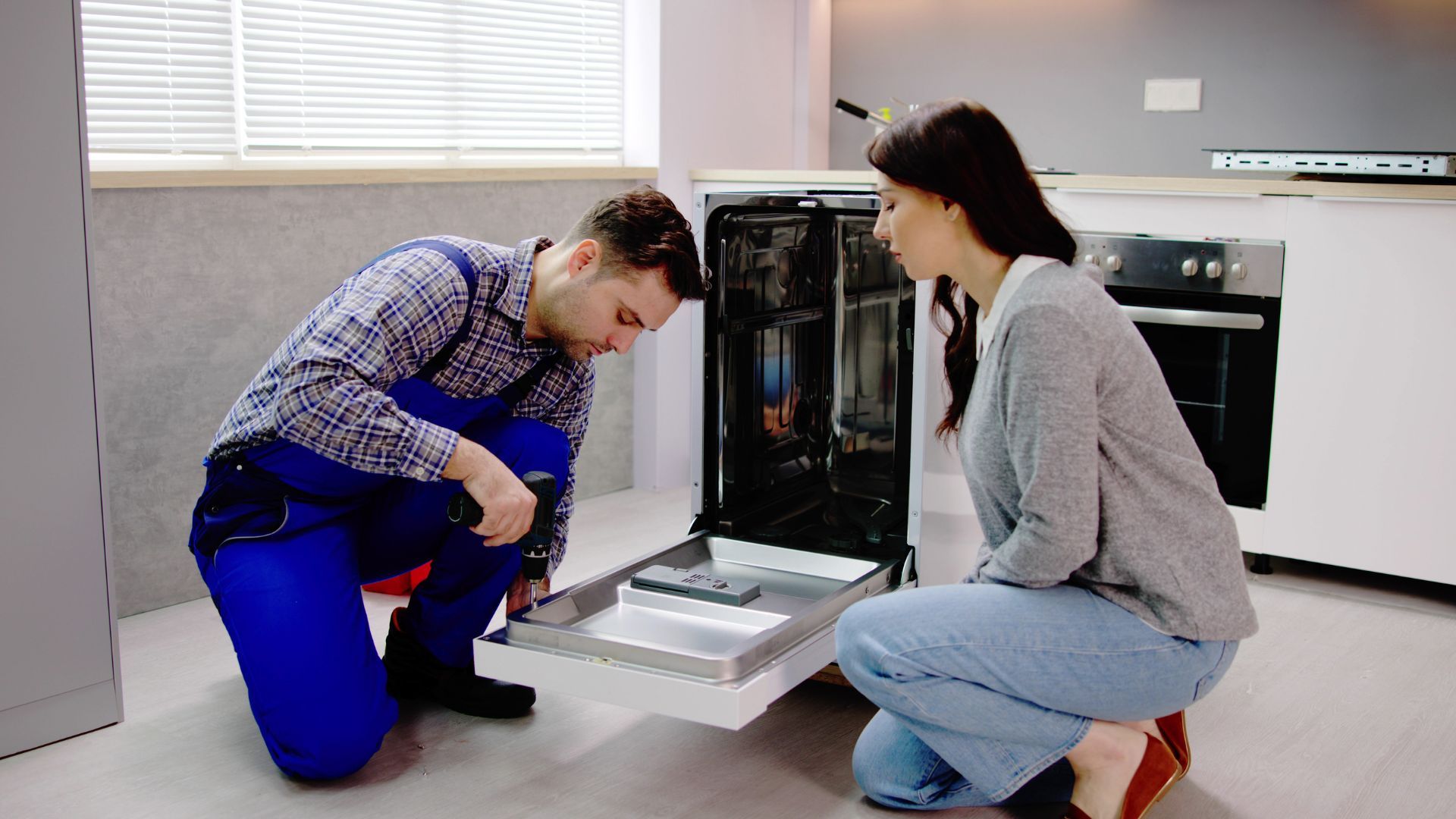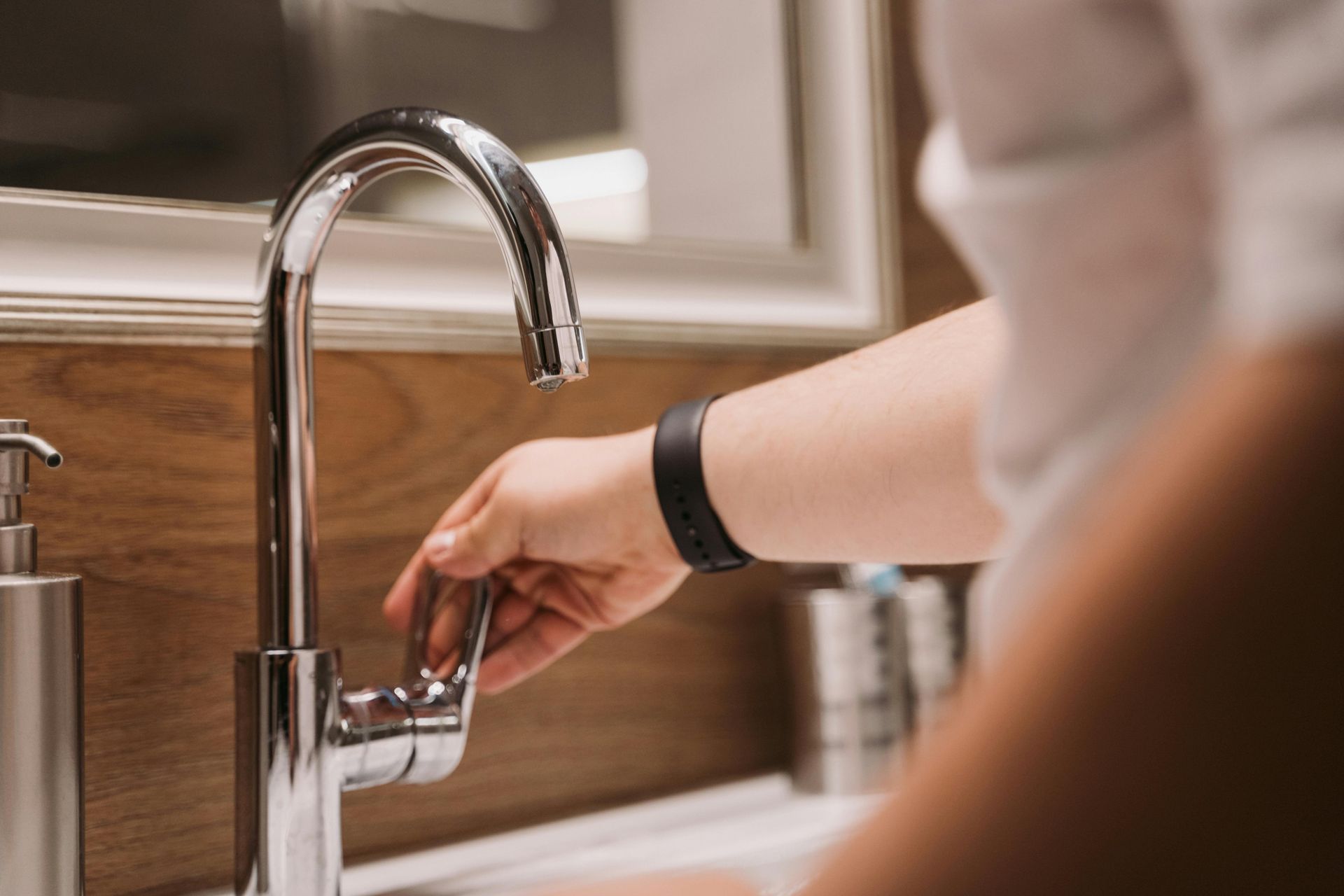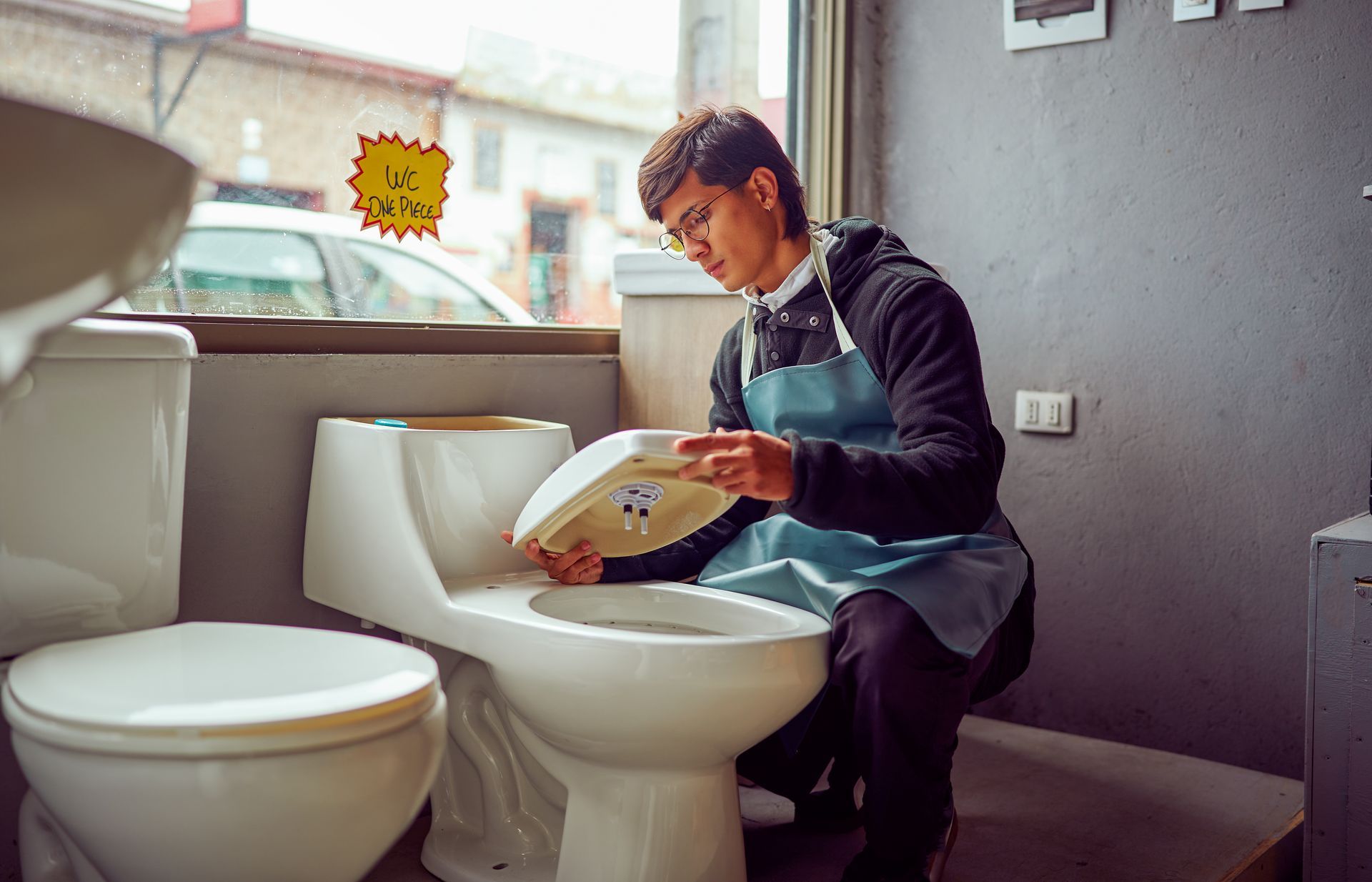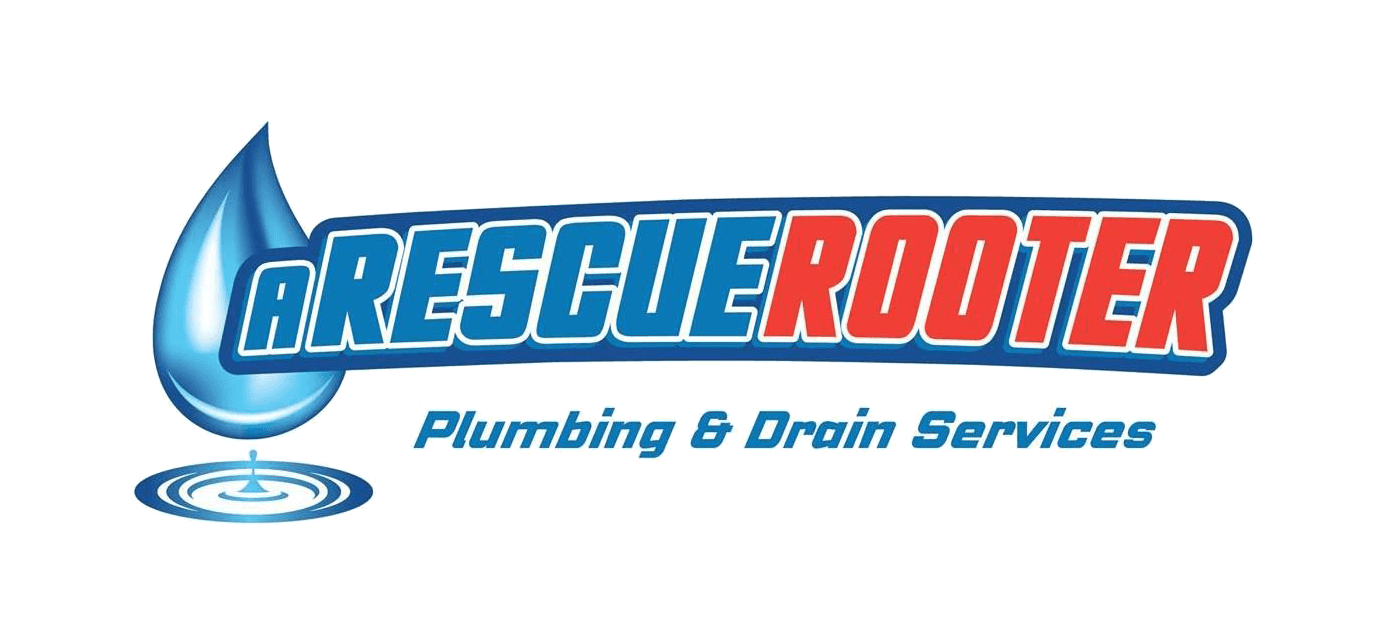Tips for Keeping Your Business's Plumbing Healthy
5 Healthy Tips for Your Business’s Plumbing
When it comes to running a successful business, you need to take care of all aspects of your operations, including your plumbing. Having functional plumbing is critical for any business, whether you're running a restaurant, a retail store, or an office. Unfortunately, many business owners don't pay enough attention to their plumbing until something goes wrong, causing costly damages and disruptions to their operations. So today, we're sharing some tips on how you can keep your
business's plumbing working properly and prevent potentially disastrous plumbing problems.

1. Schedule Regular Business Plumbing Maintenance
Just like any other system in your business, your plumbing needs regular maintenance to function optimally. By setting up regular plumbing maintenance with a professional plumber, you can catch and fix minor plumbing issues before they escalate into major problems. A plumber will also inspect your pipes, fixtures, and sewer lines to ensure they're all in good working condition and prevent any potential clogs or leaks that can damage your property and cause health hazards.
2. Educate Your Employees
Your employees are one of your greatest assets and liabilities when it comes to your plumbing. They can either help you maintain your plumbing or cause damage to it. That's why it's critical to educate your employees on how to use your plumbing properly. For instance, they should know how to dispose of waste and non-degradable materials correctly and refrain from flushing anything other than toilet paper down the toilet. Educating your employees can`t prevent clogs and other plumbing issues that can disrupt your operations.
3. Inspect Your Sewer Lines
Your sewer lines may be out of sight, but they should never be out of mind. If there are any damages or obstructions in your sewer lines, they can lead to backups, foul odors, and health hazards. That's why it's essential to have your sewer lines inspected using camera inspection technology. This method allows a plumber to see inside your sewer lines and identify any cracks, tree root intrusion, or damages that can lead to major plumbing problems.
4. Upgrade Your Plumbing Fixtures
If your business's plumbing fixtures are outdated or damaged, they can cause leaks, low water pressure, and high water bills. That's why it's critical to upgrade your plumbing fixtures by installing low-flow toilets, faucets, and showerheads. Low-flow fixtures can help you save water and money while promoting sustainability.
5. Know When to Call a Professional Plumber
While you can take preventive measures to maintain your business's plumbing, sometimes you may encounter plumbing issues that require the skill and expertise of a professional plumber. Some plumbing problems such as burst pipes, sewer backups, and gas leaks can cause severe damage and health hazards if not addressed promptly by a qualified plumber. So, it's crucial to know when to call a professional plumber and have them inspect and fix the plumbing issue as soon as possible.
Don't wait for a plumbing disaster to strike before you take care of your business's plumbing. By following the tips above, you can keep your business's plumbing in top shape and avoid costly damages and disruptions. And if you need any plumbing help or advice, don't hesitate to reach out to a
professional plumber like those at A Rescue Rooter. This great plumbing service is available 24/7/365 and will never charge you a premium! To keep your plumbing working in tip-top shape, simply call (905) 521-4284 anytime!






